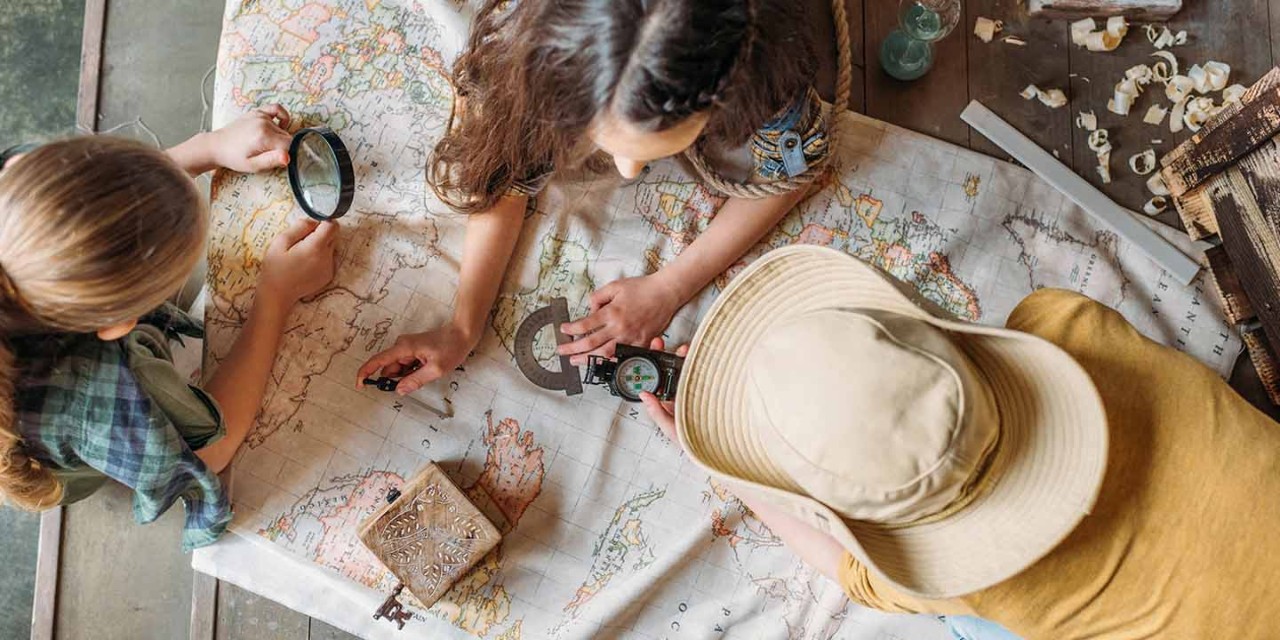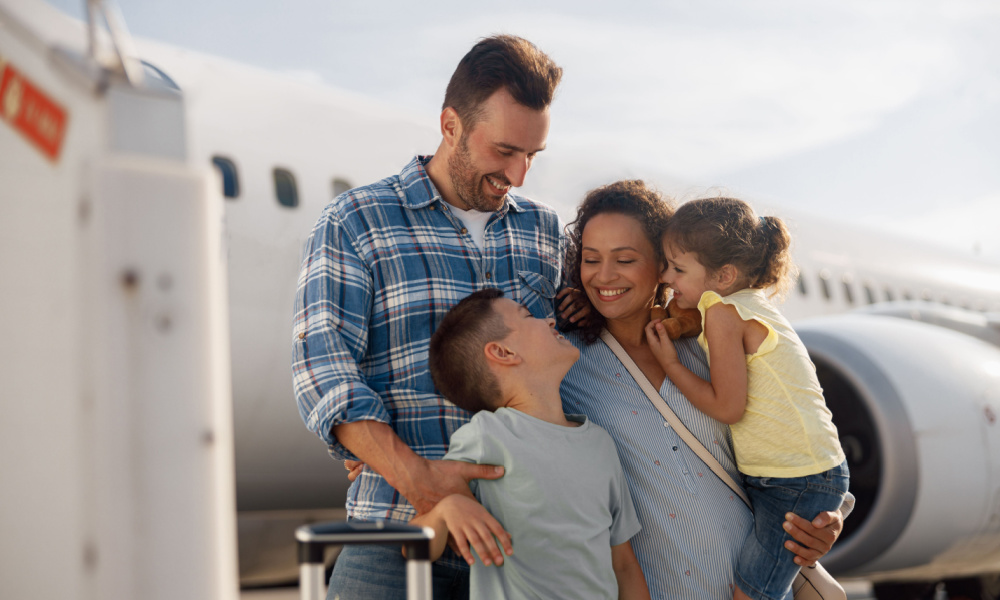Traveling with children can be both exciting and challenging. Ensuring that kids are well-mannered during trips is crucial for a smooth experience. Understanding how to teach kids travel manners is essential for single parents aiming to create a harmonious journey. This article will cover effective strategies and tips to instill good behavior in children while traveling.

Why Are Travel Manners Important?
Good travel manners help children interact positively with strangers and adapt to new environments. They also ensure that the journey is enjoyable for everyone involved, including other travelers.
Understanding the Basics of Travel Manners
Teaching kids basic travel etiquette is the first step. This includes being polite, patient, and respectful to others. Manners such as saying ‘please’ and ‘thank you’ go a long way in creating a positive atmosphere.
Preparing Kids Before the Trip
Preparation is key to successful travel. Discussing the trip with your children beforehand can set clear expectations and reduce anxiety.
Role-Playing Scenarios
Engage your kids in role-playing different travel situations. This can help them understand how to respond appropriately when faced with unfamiliar circumstances.
Setting Clear Expectations
Explain to your kids what is expected of them during the trip. Setting behavioral expectations helps them understand the importance of good manners.
Creating a Travel Manners Checklist
Work with your kids to create a checklist of expected behaviors. This can include items such as staying quiet during flights and respecting personal space.
Teaching Kids to Respect Different Cultures
Traveling is an opportunity to learn about new cultures. Encourage your children to respect local customs and traditions.
Introducing Cultural Etiquette
Teach your kids about the cultural norms of the places you will visit. This can include learning basic phrases in the local language or understanding dining customs.
Handling Public Transportation
Using public transportation can be challenging for children. Teach them the importance of patience and respecting other passengers.
Practicing Good Behavior on Public Transport
Discuss with your kids the importance of giving up seats for elders and keeping noise levels down.
Managing Technology Use
Technology can be a helpful distraction during travel, but it’s important to use it respectfully.
Setting Screen Time Limits
Set clear limits on screen time during the trip to ensure that your children are engaged with their surroundings.
Encouraging Patience and Flexibility
Traveling often involves unexpected delays. Teaching patience helps children cope with these situations.
Practicing Patience Through Games
Play games that encourage patience and waiting, such as card games or puzzles.
Practicing Gratitude During Travel
Instilling a sense of gratitude helps children appreciate their travel experiences.
Gratitude Journals
Encourage your kids to keep a travel journal where they note things they are grateful for each day.
Ensuring a Positive Attitude
Maintaining a positive attitude can make travel more enjoyable for everyone.
Modeling Positivity
Children learn from their parents. Demonstrate a positive attitude, even during challenging situations.
Practical Tips for Travel with Kids
Here are some practical tips to ensure a smooth journey:
- Plan a kid-friendly itinerary that includes activities for all ages.
- Pack snacks and entertainment to keep your children occupied.
- Use a shared suitcase for the family to save space and prevent chaos.
For more tips, check out this guide on traveling with kids.

FAQ
How can I prepare my kids for a long flight?
Engage them in activities, such as drawing or reading, and set clear expectations about the importance of staying seated and quiet.
What should I do if my child misbehaves in public?
Address the behavior calmly and remind them of the travel manners you discussed before the trip.
How can I make learning travel manners fun?
Incorporate games and role-playing to make the learning process enjoyable for your kids.
This article contains affiliate links. We may earn a commission at no extra cost to you.




